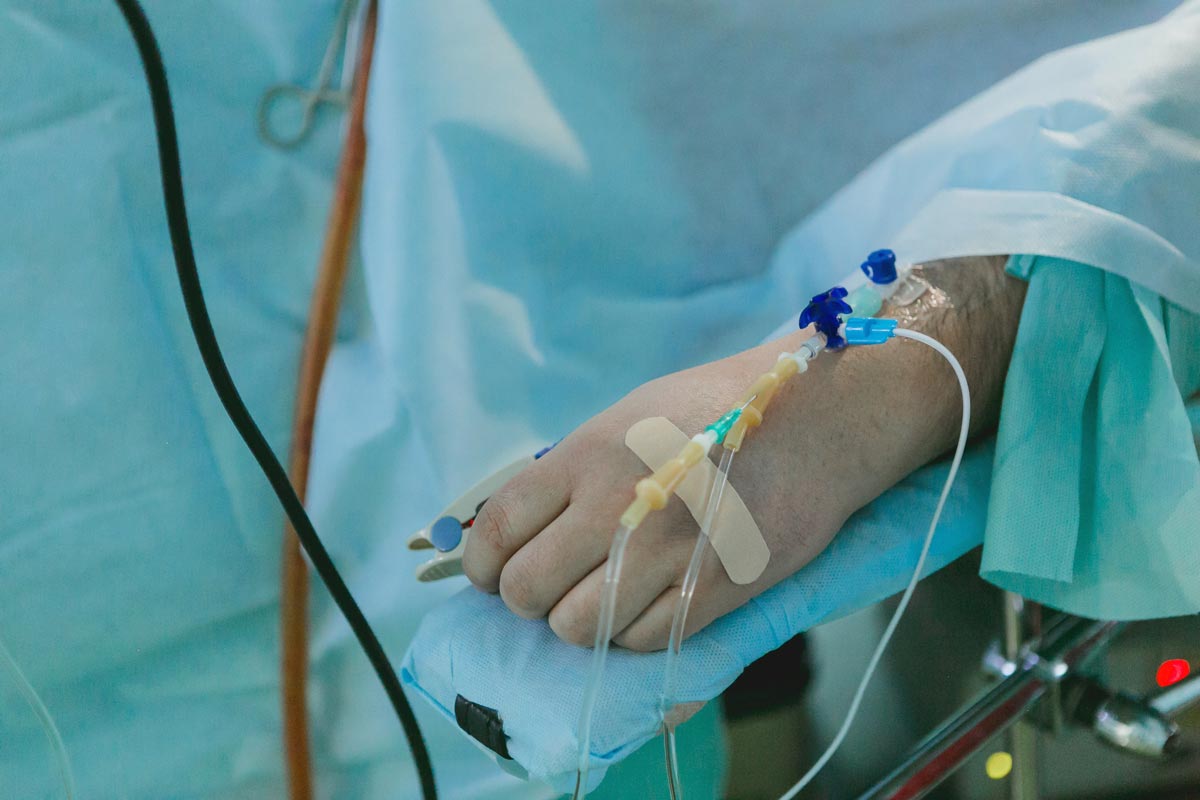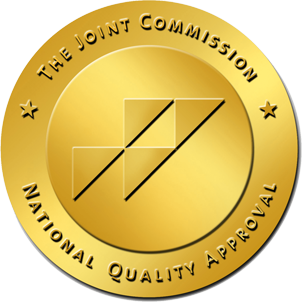drug naloxone more available have spared thousands of lives. However, a cure for overdose is not an antidote for addiction. When …
Narcan
We Work With Most Major Insurance Providers
Call 866-440-3523 for more information or fill out our confidential insurance verification form.


 verify insurance
verify insurance




